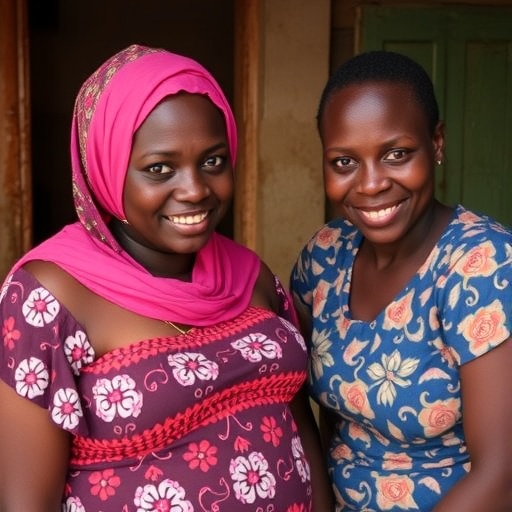
Credit: Keck School of Medicine of USC
LOS ANGELES – In the quest for a new and more effective treatment for rheumatoid arthritis, researchers from the Keck School of Medicine of USC looked to a primate that mostly roams the land in Asia, the Middle East and Africa. It was a particular peptide only found in Old World monkeys, called θ-defensin 1 (RTD-1), that the researchers believed had the potential to stop — or even reverse — the progression of rheumatoid arthritis, an autoimmune disease that affects about 1.5 million people in the United States. The promising results of their study were published today in PLOS ONE.
"RTD-1 is the prototype of a family of small cyclic peptides (θ-defensins), the only circular proteins in the animal kingdom," says study author Michael Selsted, MD, PhD, chair and professor of pathology at the Keck School. "Previous studies have shown that RTD-1 modulates lethal inflammation in animal models of infection, and we predicted that RTD-1's protective mechanism in those models would translate to rheumatoid arthritis, a disease in which chronic inflammation produces irreversible joint damage."
To test their hypothesis, the researchers administered RTD-1 to rats with arthritis for 11 days and observed whether the treatment had any anti-arthritic effects. Within 24 hours of the first administered dose, RTD-1 had significantly reduced arthritis progression. At the end of the treatment, rats that received RTD-1 also had markedly lower arthritis severity scores as compared with rats that had not received RTD-1.
Next, RTD-1 was tested in rats with severe arthritis. The research team found that RTD-1 produced a rapid reduction in arthritis severity within 48 hours of treatment, with complete resolution of clinical disease in all treated rats by day 15.
RTD-1 was then compared to two gold standard treatments for rheumatoid arthritis — methotrexate and etanercept — in rats with severe arthritis. The team found that RTD-1 treatment resulted in greater disease resolution than methotrexate or etanercept. RTD-1 also achieved the highest rate of complete disease resolution of the three treatments.
"Since most available rheumatoid arthritis therapies achieve mild to moderate improvements, and disease remission is rare, there's a continuing search for new therapeutics," Selsted says. "Our findings strongly suggest that RTD-1 has potential as a completely new agent for treating rheumatoid arthritis. RTD-1-like molecules may also be effective in the treatment of other inflammatory diseases and cancer."
###
About the Keck School of Medicine of USC
Founded in 1885, the Keck School of Medicine of USC is among the nation's leaders in innovative patient care, scientific discovery, education and community service. It is part of Keck Medicine of USC, the University of Southern California's medical enterprise, one of only two university-owned academic medical centers in the Los Angeles area. This includes Keck Medical Center of USC, composed of Keck Hospital of USC and USC Norris Cancer Hospital. The two world-class, USC-owned hospitals are staffed by more than 500 physicians who are faculty at the Keck School. The school has more than 1,750 full-time faculty members and voluntary faculty of more than 2,400 physicians. These faculty direct the education of approximately 800 medical students and 1,000 students pursuing graduate and postgraduate degrees. The school trains more than 900 resident physicians in more than 50 specialty or subspecialty programs and is the largest educator of physicians practicing in Southern California. Together, the school's faculty and residents serve more than 1.5 million patients each year at Keck Hospital of USC and USC Norris Cancer Hospital, as well as USC-affiliated hospitals, Children's Hospital Los Angeles and Los Angeles County + USC Medical Center. Keck School faculty also conduct research and teach at several research centers and institutes, including the Eli and Edythe Broad Center for Stem Cell Research and Regenerative Medicine at USC, USC Cardiovascular Thoracic Institute, USC Institute of Urology, USC Mark and Mary Stevens Neuroimaging and Informatics Institute, USC Norris Comprehensive Cancer Center, USC Roski Eye Institute and Zilkha Neurogenetic Institute.
In 2017, U.S. News & World Report ranked the Keck School among the top 35 medical schools in the country.
For more information, go to keck.usc.edu.
This study was supported by the National Institutes of Health under award numbers AI22931, DE021341, AR068833 and P30CA014089. The content is solely the responsibility of the authors and does not necessarily represent the official views of the National Institutes of Health.
Media Contact
Mary Dacuma
[email protected]
323-865-7839
@keckmedusc
Keck Home




